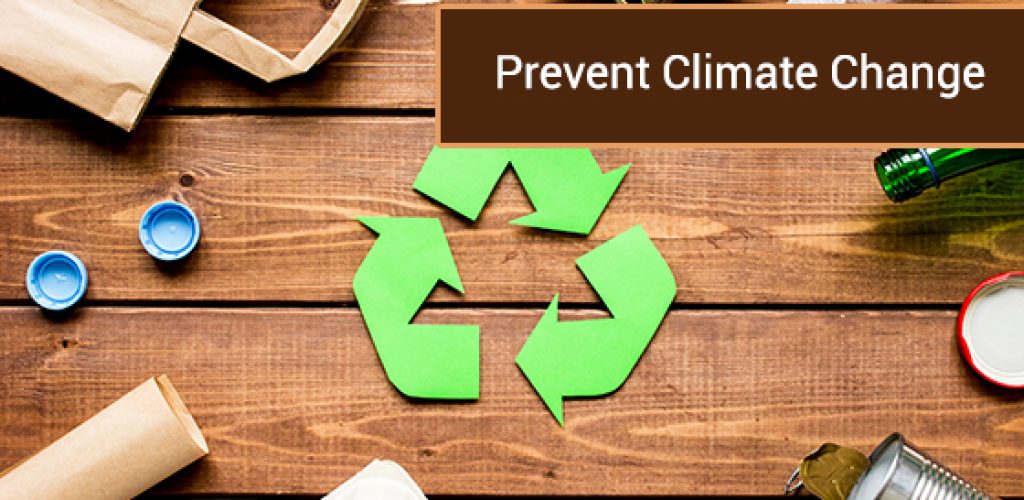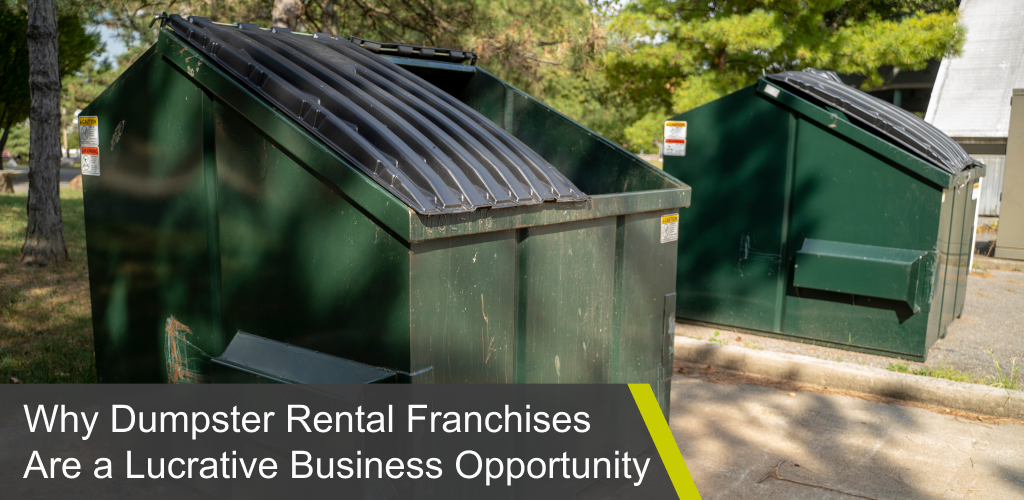How Recycling Can Prevent Climate Change

Over the last decade, recycling has emerged as one of the most important weapons in the fight against global warming and climate change. Recycling saves energy, reduces deforestation, minimizes greenhouse gas emissions from landfills, and encourages the production of more energy efficient products. Everyone can participate in the available programs at the household, community, and industry levels using existing technology and infrastructure. Even something as simple as using recycling containers to sort your waste makes a difference.
What Is Climate Change?
Climate change refers to any significant change in measures of climate, such as temperature, wind, and precipitation (rainfall and snow). These changes are caused by many factors including human activities like cutting down trees and burning fossil fuels that result in increased air pollution and greenhouse gas emissions. The effects of climate change can last for decades or longer.
Everyone makes decisions in their home, workplace, and community about their lifestyle habits and the products they buy. By stopping destructive habits and adopting green practises, such as reducing the amount of products you use, reusing products instead of tossing them away, and recycling waste products in your home and workplace, you can help reduce climate change.
Why Recycling Is an Effective Weapon against Climate Change
Recycling is easy and requires minimal effort and time, yet it has a huge impact. Studies indicate that deforestation and landfills account for an estimated 25% of the global greenhouse gas emissions annually. Globally, landfill contributes double the carbon dioxide emissions of the entire aviation sector. It makes sense to work on reducing the adverse effects of landfills as much as on cutting down on the adverse effects of air travel.
Recycling eliminates the need for new raw materials to make new products. For instance, recycling one ton of paper saves 19 trees from being cut. Tree preservation in turn leads to the protection of water catchment areas and promotes the capture of carbon dioxide, reducing greenhouse gas emissions and global warming.
Recycling also reduces energy consumption. The process of extracting new materials would not only result in greenhouse gas emissions, but also consume more energy compared to processing recycled materials. For instance, the production of recycled paper requires 65% less energy than the production of fresh paper from raw materials.
Final Note
Generally, recycling minimizes the use of available resources and the release of greenhouse gases. The production of recycled paper, for instance, uses 80% less water than using raw materials. This in turn reduces the emission of greenhouse gases—nitrous oxide and methane—during wastewater treatment.
You can play a part in preventing climate change by simply re-evaluating your household, office, or commercial activities and identifying areas you can reduce, reuse, or recycle













